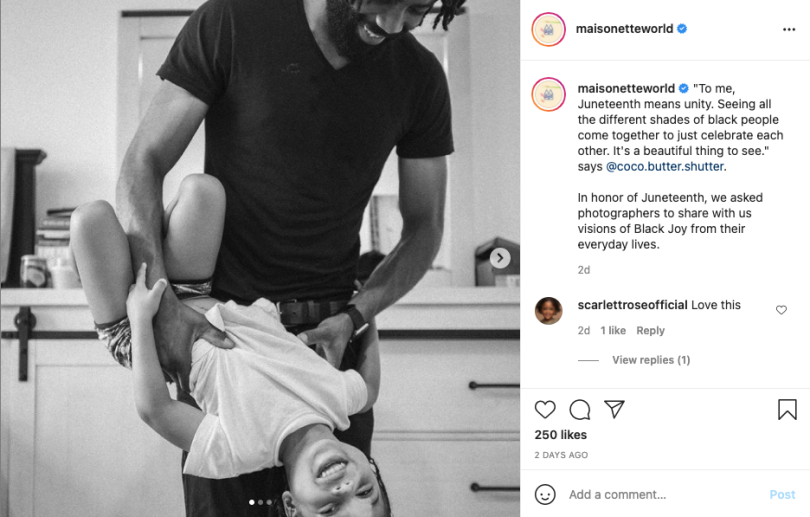If you’re in charge of managing a brand’s social media presence, you’re probably doing nothing but listening.
Be it an endless barrage of mentions in your DMs — some important, most not — or multiple trends you and your competitors are paying particular attention to, social media platforms, at their best, feel like a great place to gather valuable information. At their worst, they can feel overwhelming (and even that might be an understatement).
“Imagine what it would be like to walk down the street and hear every single sound that passed by: every horn honking, every step of someone else’s feet — you’d never be able to get anywhere,” said Sally Voyles, a social media manager at Maisonette, an e-commerce marketplace for babies and kids apparel. “Social media can feel like that; with so much information streaming in from every direction, it's easy to lose focus.”
Meanwhile, social listening — that is, monitoring your brand for any and all mentions and gathering research on your user base — can be a useful tool if executed correctly, allowing brands to sift through what’s important and what’s not.
Below, Voyles explained the challenges and opportunities behind social listening and how Maisonette has created an active social community.
KEEPING TABS
What’s the biggest challenge you’ve faced in developing or implementing a social listening strategy, and how have you overcome it?
I think the biggest challenge when developing a social listening strategy is learning to filter out the noise. Imagine what it would be like to walk down the street and hear every single sound that passed by: every horn honking, every step of someone else’s feet — you’d never be able to get anywhere. Social media can feel like that; with so much information streaming in from every direction, it’s easy to lose focus. Prioritization is everything. Keeping your long-term goals in mind and having a firm understanding of your limitations will help you identify the largest areas of opportunity to add value to your brand and community.
What’s your best tip for other marketing professionals looking to improve their social listening strategy?
Understanding the currents of culture and community among your competitors can be almost as valuable as understanding your own.
How do you make sure that your content is prioritized on your target audiences’ feeds?
We know that increasing engagement on our posts will be rewarded by the algorithm and thus prioritized on our target audiences’ feeds. So we put a lot of resources toward creating content that is compelling, thought-provoking, funny — and not just transactional. And we engage with our community in a meaningful way, which means not just reading their comments and liking their posts, but following the accounts they’re following, as well as relevant keywords and tags.

We closely monitor our competitors and identify areas of opportunity based on what we’re seeing — or not seeing — on their feeds. That awareness of the competitive landscape is invaluable in terms of being able to better serve our community and customer.






